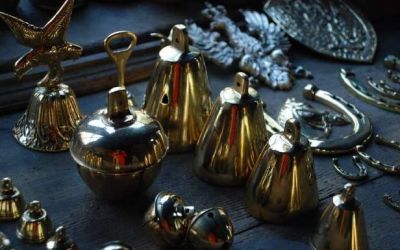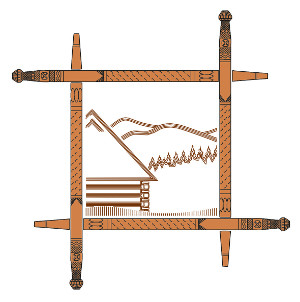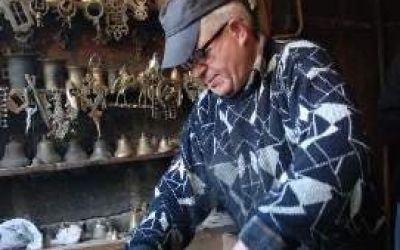
The form was reflected in moist, very fine sand, placed in special metal rings. When the print was ready, liquid metal, previously molten in a small crucible, was poured into it. After freezing, the bell worked tediously and laboriously, consisting in grinding, cleaning and polishing its surface. The last stage was hanging the heart on the ear called gallows. The bell-making factory mainly made turliks, which are small, spherical bells used as rattles for horse chomata or for sleds. Slightly larger pantries were also cast - for cows, oxen and suloki intended for horses pulling sleighs in winter. In addition to the bells, horse bits, stirrups, ticks (ornaments for the choma in the form of horse heads) as well as clips, buckles, mortars and door handles were made. The more specialized and better equipped workshops cast large, even forty-kilometer church bells and slightly smaller Loreto bells. The latter, devoted nine times by the priest, were used to ward off storm clouds directed by demons called planners. They were also used by treasure hunters venturing into the most inaccessible Tatra chasms and gorges. Among bell founders of southern Lesser Poland, Władysław Kulawiak as well as Józef and Paweł Kulawiak from Odrowąż are the best known and recognized bell casters. The bells from their studio are supplied not only to regional teams or horse cart owners from Podhale, customers also include folk craftsmen from all over Europe. There are made: shepherd's bells, Janissaries, buckles, elements of horse harness etc.
The bells are also produced by Władysław Stopka-Król from Czerwiennego - a specialist in congregation.















